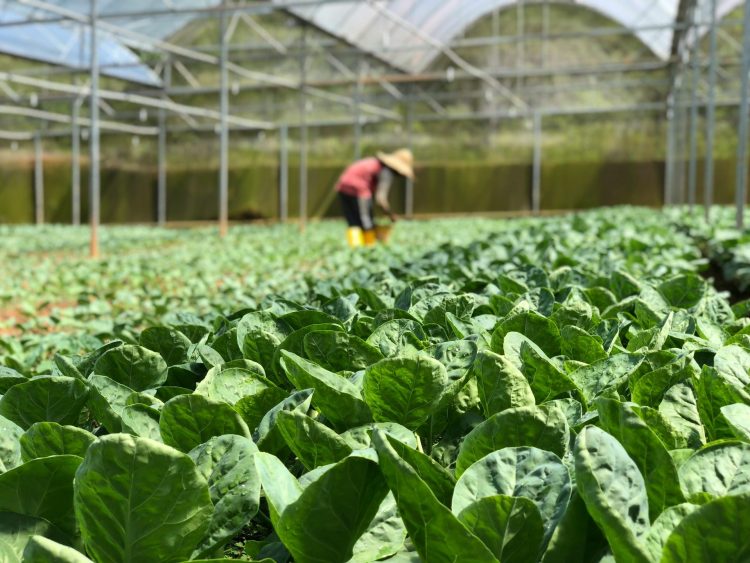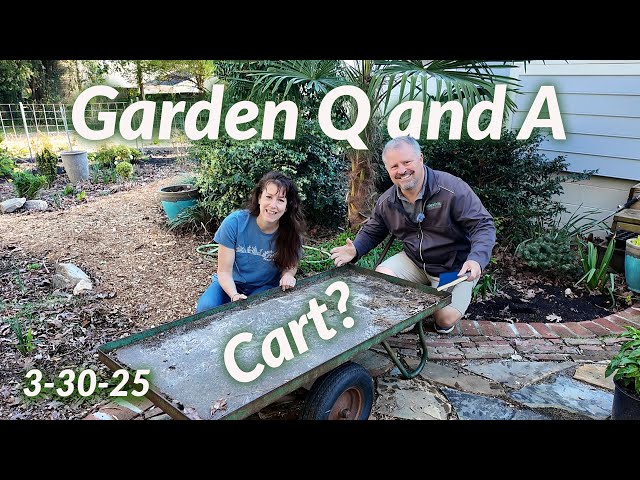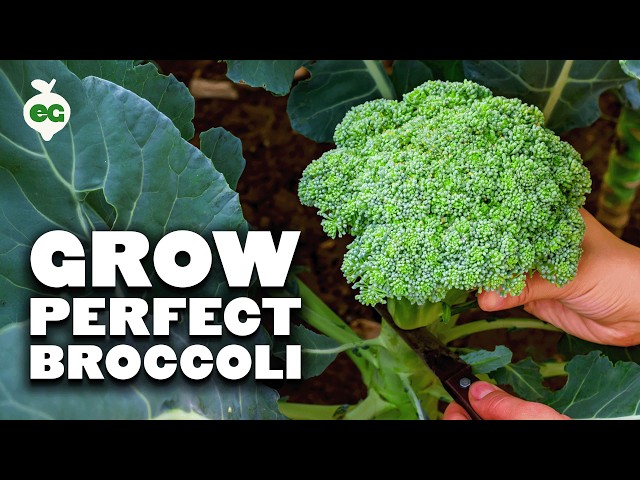Introduction
Do you dream of having a bountiful vegetable garden right in your own backyard? Growing your own vegetables not only provides you with fresh, organic produce, but it also allows you to connect with nature and take control of what you eat. But where do you start? Planning and planting a vegetable garden may seem daunting, but with a little guidance and preparation, you can have a successful and flourishing garden. This article will provide you with important tips and steps to help you get started.
Step 1: Assess Your Space
Before you start digging up your backyard, take a close look at the available space. Is it a sunny area or shaded? How large is the space? Is the soil fertile and well-draining? These factors will determine what and how much you can grow. Most vegetables require at least 6 hours of direct sunlight a day, so choose a location that receives ample sunlight. If your space is shaded, consider growing shade-tolerant vegetables like lettuce, spinach, and Swiss chard.
Step 2: Make a Plan
A successful vegetable garden starts with a well-thought-out plan. Consider the following when making your plan:
- Choose the vegetables you want to grow: Consider what vegetables you enjoy eating and what grows well in your climate.
- Decide on the garden layout: Determine whether you want to create raised beds, rows, or a combination of both. Consider the space requirements of each vegetable and plan accordingly.
- Rotate your crops: To prevent diseases and pests, it is important to rotate your crops each year. Make sure to plan for crop rotation in your garden layout.
- Consider companion planting: Some plants thrive when planted together, while others do not. Research which plants make good companions and plan your garden accordingly.
Step 3: Prepare the Soil
Healthy soil is the foundation of a successful vegetable garden. Start by removing any grass or weeds from the area. Loosen the soil with a garden fork or tiller, breaking up any clumps and removing rocks and debris. Amend the soil with compost or organic matter to improve fertility and drainage. Test the soil pH and adjust if necessary.
Step 4: Start Seeds or Transplants
Once your soil is prepared, it’s time to start planting. Determine whether you want to start from seeds or transplants. Starting from seeds allows you to have a wider variety of vegetables to choose from, but it requires more time and effort. Transplants, on the other hand, provide a head start and save time.
Step 5: Water and Mulch
Consistent watering is crucial for the success of your vegetable garden. Most vegetables require about 1 inch of water per week. Water deeply and avoid overwatering to prevent root rot and other diseases. Mulching the soil around your plants helps retain moisture, suppress weeds, and regulate soil temperature.
Step 6: Maintain and Harvest
As your vegetable garden grows, it’s important to provide ongoing care. This includes regular weeding, monitoring for pests and diseases, and fertilizing as needed. Harvest your vegetables when they are ripe to enjoy the fruits of your labor.
Conclusion
By following these steps, you can create a thriving vegetable garden right in your own backyard. Remember to start small and gradually expand as you gain experience. Gardening is a journey, and with patience and dedication, you will enjoy the rewards of growing your own vegetables.
















